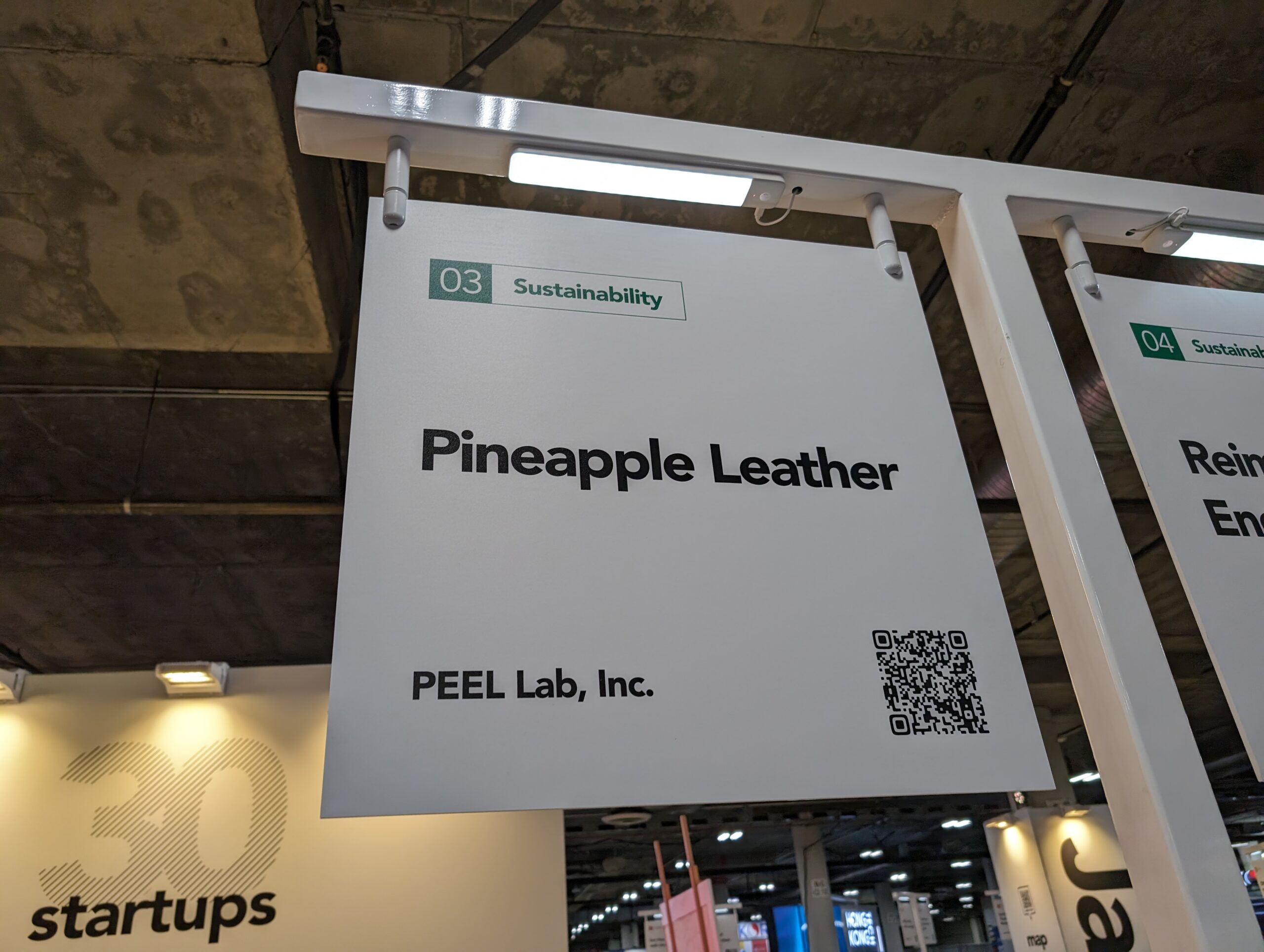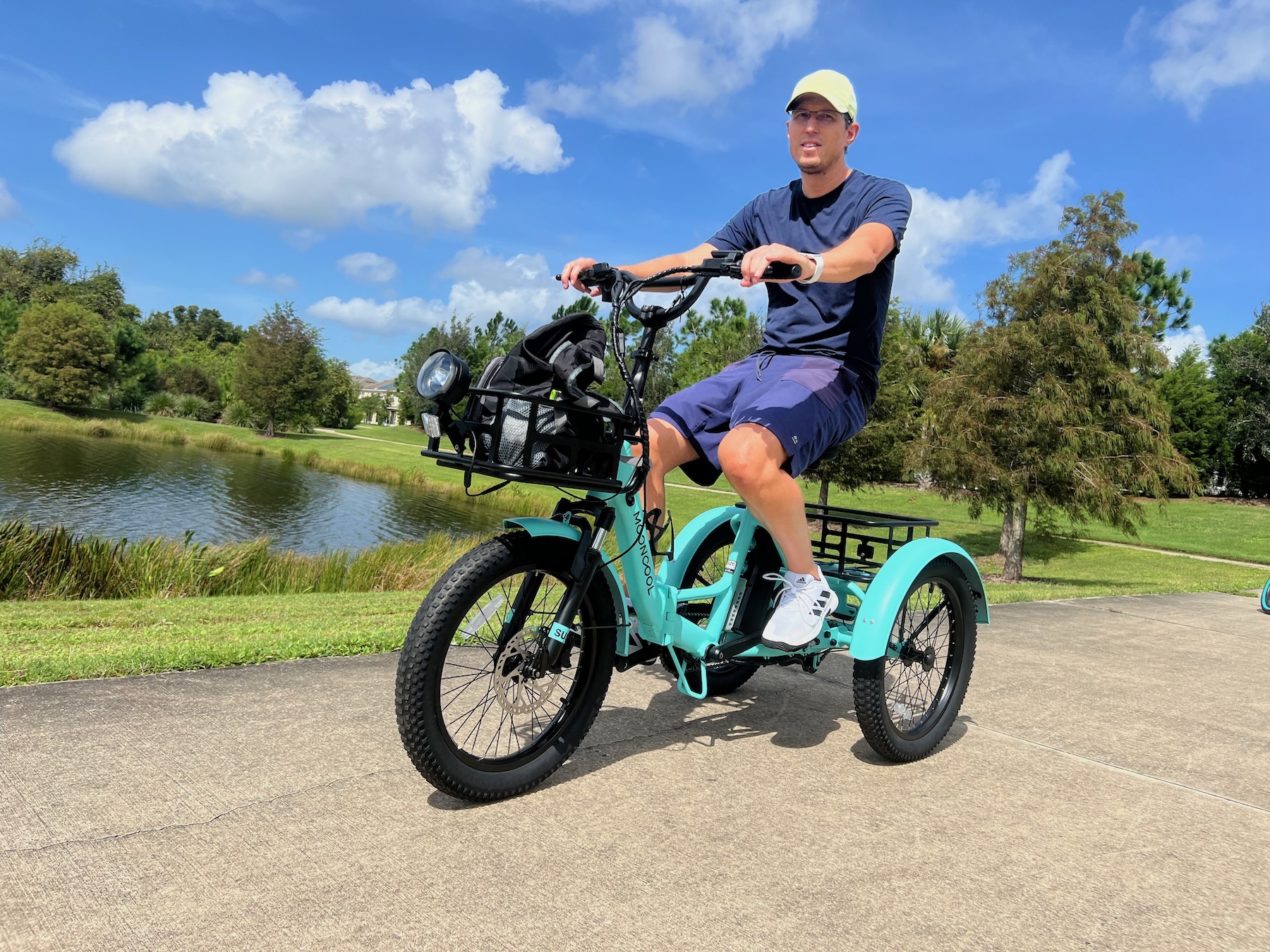Sign up for daily news updates from CleanTechnica on email. Or follow us on Google News!
Honda is finally ready to take on the world of battery electric vehicles and is leading the way into North American markets with the all new Prologue EV. It comes kitted out with an 85 kWh Ultium battery from GM that supports between 273 and 296 miles of electric range depending on the trim level.
Overall
Honda’s new Prologue EV can accept up to a 155 kW DC fast charge, ensuring customers are able to refuel quickly. This isn’t class leading, but it is an acceptable level of charging speed for the vast majority of use cases, including long-distance road trips.
The Prologue EV is built on top of GM’s Ultium platform and utilizes a ton of GM’s battery and powertrain components, to the point that it feels like a GM vehicle with a Honda shell on top. Honda opted to to partner with GM on the Prologue EV to accelerate the time to market for its first production-scale electric vehicle. This also gives Honda the ability to learn from General Motors’ technology to see what aspects of the electric vehicle experience resonate with Honda as a brand and Honda’s customers at the same time.

The move is similar to what GM did when it first brought the Chevy Bolt to market, with the bulk of the vehicle coming from LG in Korea. On the surface, the Prologue EV is 100% Honda, with exterior lines that carry Honda’s styling forward into the Age of the Electric Vehicle. It’s a lot of Honda styling on the outside and GM’s electric powertrain and suspension on the inside.

As a crossover from Honda, the Prologue EV is necessarily aimed directly at the heart of the American automotive market with an interior that comfortably seats a family of five. Honda made great use of the electrified platform, pushing all unnecessary components out of the passenger cabin for maximum usable space in the interior.
Even with a 6’2″ driver up front, the rear seats are spacious with plenty of legroom for adults. It is truly a feat considering the compact exterior of the vehicle and carries Honda’s Man Maximum, Machine Minimum design philosophy forward into its production vehicles. Electric vehicles are ushering in a once-in-a-generation chance to rethink the automobile and Honda is clearly up for the challenge.
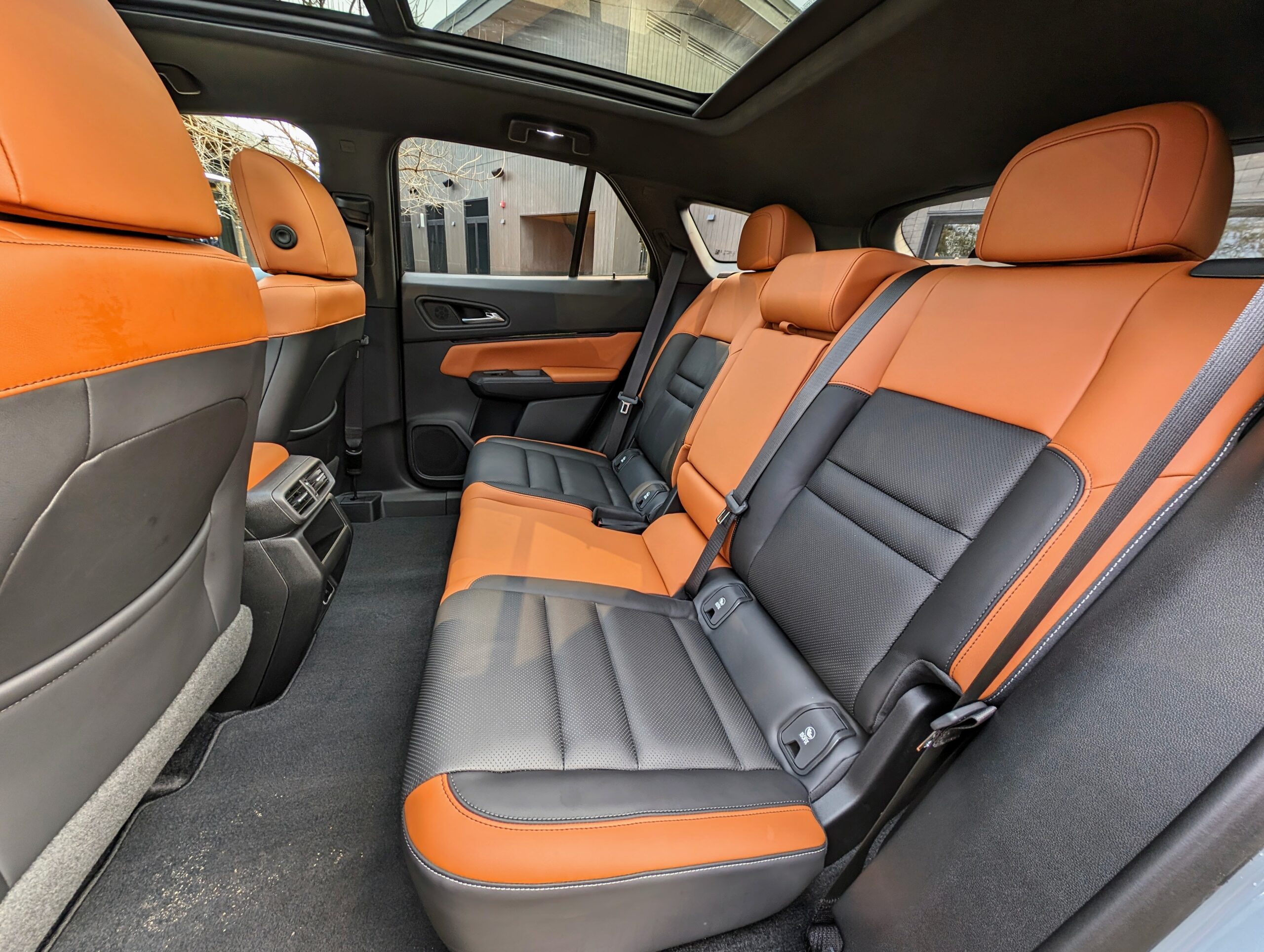
When it comes to trims for the Prologue EV, Honda customers will be familiar with the three trims offered. The base model EX starts at an MSRP of $47,400, the Touring starts at $51,700, and the top-of-the-line Elite trim starts at $57,900. The EX and Touring models come with a single motor by default, with the option to upgrade to a dual-motor, all-wheel-drive powertrain for an additional $3,000. The Elite trim package comes with all-wheel drive by default.
Driving Experience
Honda invited CleanTechnica up to the Montage at Healdsburg in California’s wine country for a first drive of the Prologue EV and time to grill their engineering team. Right out of the gate, we hopped into the Prologue EV and were greeted by a heavy dose of Google in the infotainment system.

The inclusion of Google’s automotive products is refreshing and familiar, making it easy for anyone who’s used a smartphone to jump right into the infotainment system. We plugged in our destination 80 miles away and hit the road.
To set the Ultium-based Prologue EV apart from its GM kin, Honda had to put in a lot of work on the dynamics and interior of the vehicle to infuse as much Honda DNA as possible. It’s a tall order considering the Prologue makes use of GM’s electric vehicle components, including battery, powertrain, suspension, air conditioning, and more. Suffice it to say there are a ton of GM badges and part numbers under the hood.
In a few hundred miles of driving on freeways, highways, and mountain roads in the Prologue EV’s top-of-the-line Elite AWD trim, the suspension kept us anchored to the road thanks to its 85 kWh battery underneath the floor. It had no issue ripping through the highways and snaking through the mountains to the east of California’s famed Napa Valley.
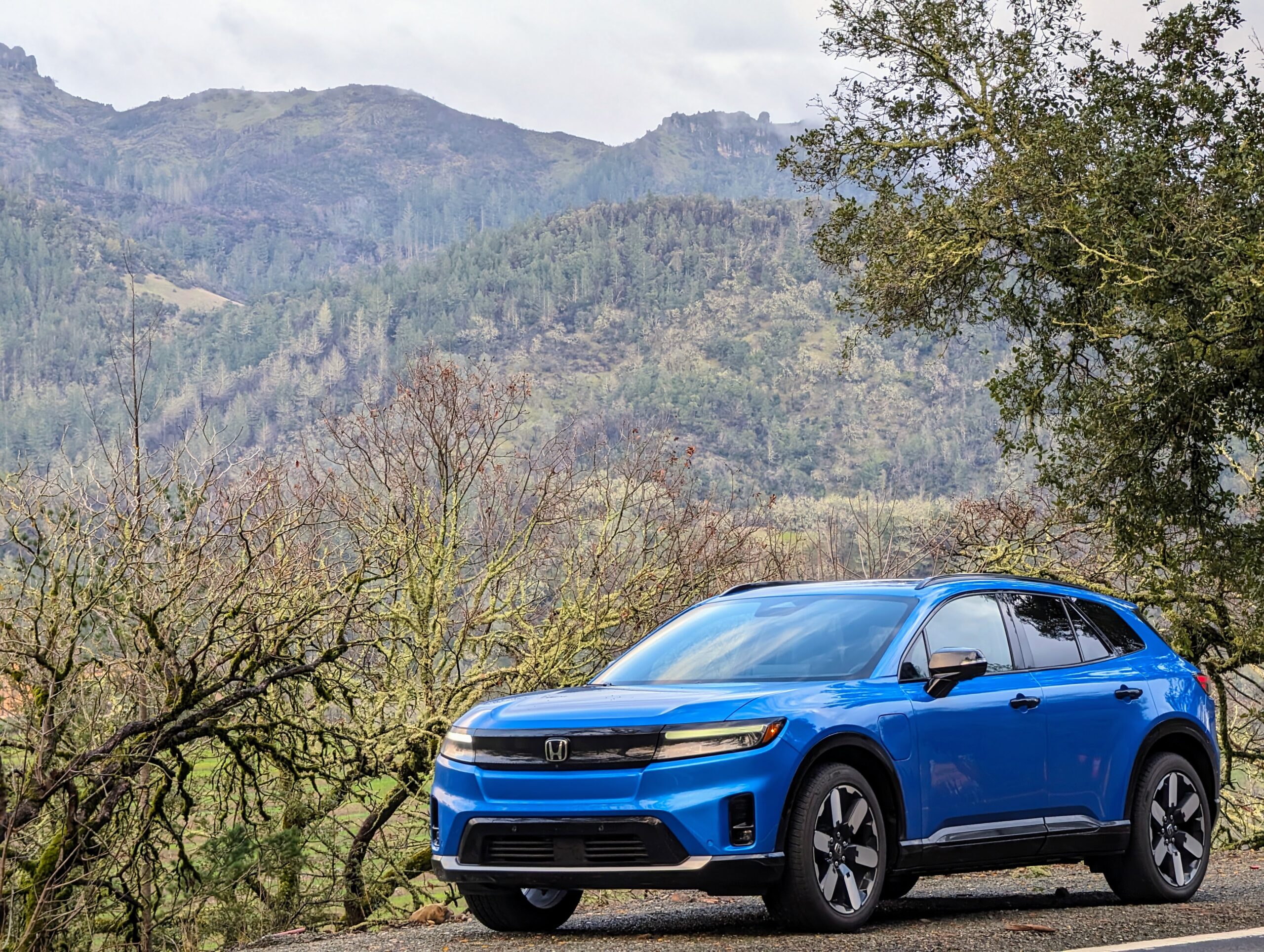
The 21″ rims on our test vehicle seemed to channel road noise directly into the cabin — though, the cabin was noticeably quieter than the Blazer EV. This is a common issue for many modern EVs that have ditched much of the sound dampening necessitated by combustion engines under the hood to save weight. The Prologue EV would certainly benefit from smaller rims that would allow for tires with bigger sidewalls to absorb noise and bumps from the road.
One of the key points Honda’s engineers talked to us about was a linear acceleration rate. This serves two purposes: it provides a consistent acceleration experience for customers and increases the efficiency of the vehicle by reducing the amount of instant torque available off the line. Instant torque, while fun, gulps down power from the 85 kWh battery, reducing the effective range. It also eats tires.

In normal driving, acceleration in the Prologue EV is indeed flat. No matter how hard the pedal is pressed, stomped, or mashed, the vehicle lumbers forward at the same rate almost without exception. Bumping the Prologue into Sport Mode added a tad more kick on the low end, but even that quickly tapered off in a profile that shaves the EV smile that typically surfaces when driving an EV into more of an EV smirk.
Sport mode also comes with an audible enhancement package that seems to amplify the actual noise from the motor inside the cabin. It sounds very much like the noises drivers expect to hear from a combustion engine and seems like it would help drivers new to EVs to make a mental connection between the accelerator pedal and the speed of the vehicle.
One-Pedal Driving & Regeneration
Regeneration noises were also amplified in Sport mode, which feels a little strange at first. After a few minutes, the noises started making more sense, but not enough to keep them on over the life of the vehicle. We expect most drivers will likely turn them off after the first few days of ownership.
Speaking of regeneration, the Honda Prologue EV allows the driver to select from 3 different one-pedal driving settings that adjust the amount of regen between three levels: off, normal, and high. It also comes with a paddle-style button that lives on the back of the steering wheel that manually engages a high level of regeneration.
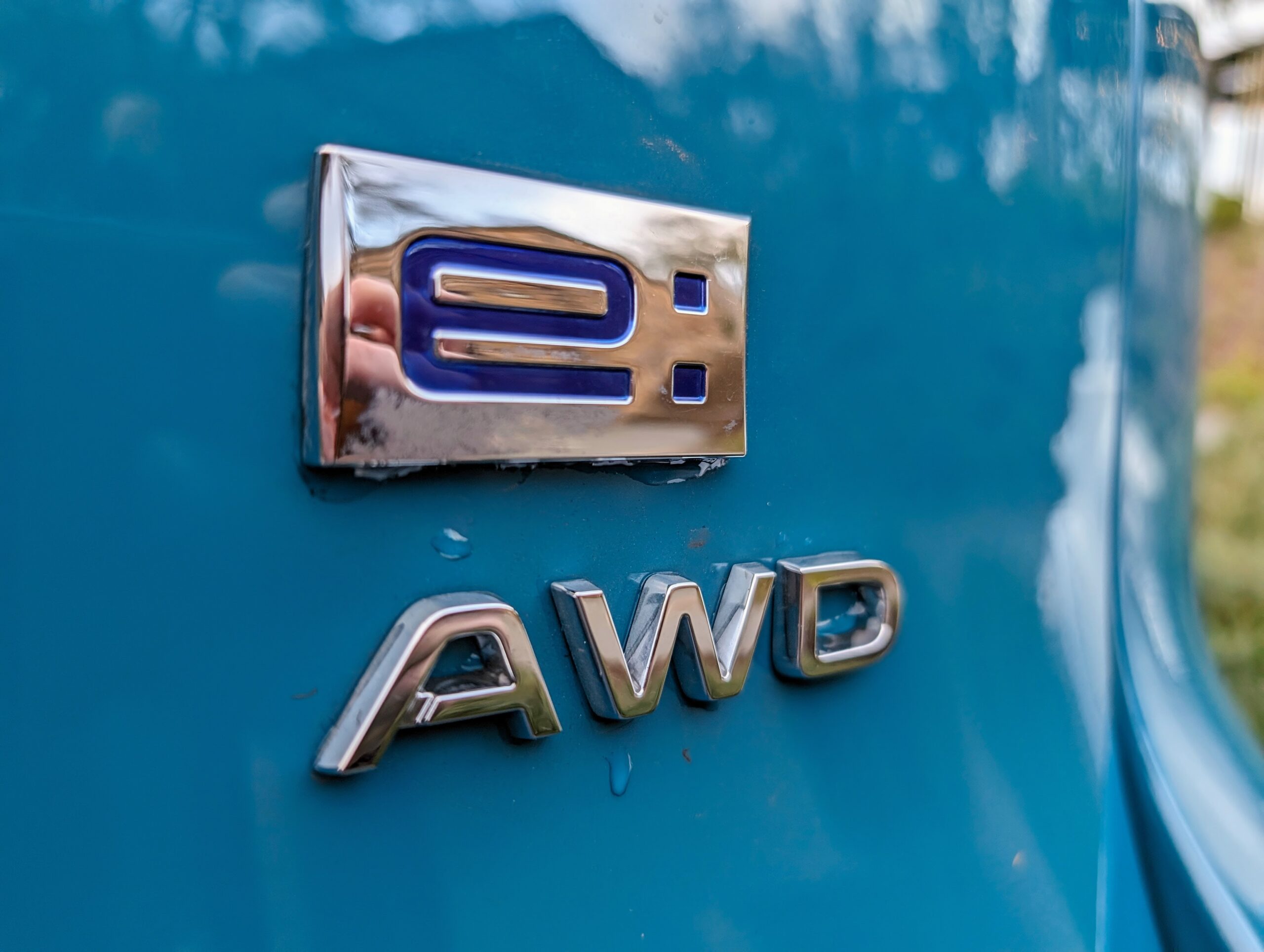
In our testing, pulling the regen lever feels odd because it’s just a button. If it allowed a variable amount of regen to be applied depending on how hard it was pulled, it would make more sense. Compared to the one-pedal driving that’s made possible by Honda’s excellent one-pedal driving system, the regen lever feels inelegant.
Honda clearly put a lot of effort into tuning the one-pedal driving profiles, as they feel natural and intuitive. A small digital graph that lives in the gauge cluster display shows how much power is being regenerated when slowing or being used by the motor when accelerating. In our testing, we saw regen spike up to 120 kW when we lifted our foot from the pedal quickly with regeneration set to the max. That’s healthy and lets the system make the most of power production from downhill travel rather than relying on friction braking.
Charging
When it’s time to charge, the Prologue EV can fast charge at up to 155 kW. On paper, that’s more than enough for recharging around town or even on road trips. Though, we’ll have to see what the charging curve looks like in the real world, as peak charging speeds are typically a small portion of the overall charging session.

Honda was slow to move beyond the Fit EV compliance car to a high-volume production EV and it’s exciting to finally get a series production electric vehicle from one of America’s favorite brands. The Prologue EV is a solid shot for Honda into one of the hottest vehicle segments in the region and delivers what Honda’s customers expect.
It won’t blow your socks off with blazing performance or break any records, but that’s on purpose. It’s a tool to get people from place to place with the stated range that delivers a better experience than the combustion vehicles that came before it. Having said that, it is clearly not a bottom-up Honda design.

From little quirks like awkwardly vacant steering wheel buttons to its uninspired suspension tuning, the Prologue EV is full of small compromises. Honda did a great job softening the downsides of inheriting what is essentially a complete vehicle from GM and largely succeeded in making it look, feel, and drive like a Honda.
It was designed to fit in with the masses and we expect that most drivers will have no issue feeling at home in the Prologue EV in no time. Having said that, its price tag, starting at an MSRP of $47,400 and stretching up to $57,900 as tested, leaves a bit to be desired. For this amount of money, buyers will be cross shopping the Prologue EV against vehicles with more performance, faster charging, better technology, and a more comfortable ride.

More than anything, the Prologue EV has us excited about what Honda will do with its first blank sheet of paper electric vehicles built on its own 0 Series electric vehicle platform. Until then, the Prologue EV is a great first effort and we’re excited for the launch in the Spring of 2024. For more information about the Honda Prologue EV, head over to its website.
Disclaimer Honda paid for the author’s travel and accommodations to attend the Prologue EV first drive event.
Have a tip for CleanTechnica? Want to advertise? Want to suggest a guest for our CleanTech Talk podcast? Contact us here.
Latest CleanTechnica TV Video
CleanTechnica uses affiliate links. See our policy here.

